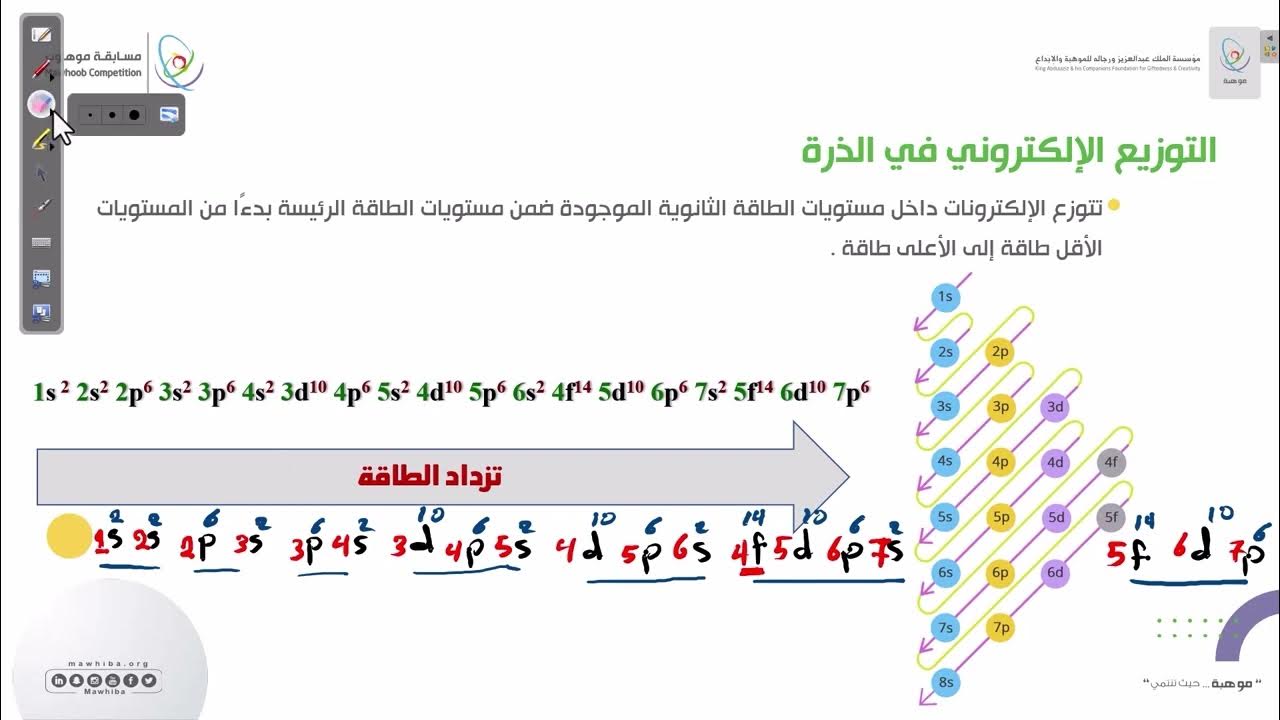EASY TRICKS for Anatomical Body Planes and Sections [Direction/Position]
Summary
TLDRفي هذا الفيديو، يتم شرح الوضع التشريحي القياسي مع التركيز على الطائرات الجسدية والأقسام المختلفة لجسم الإنسان. يشرح الفيديو كيفية استخدام هذه الطائرات لتحديد المواقع والاتجاهات داخل الجسم، مع تقديم نصائح لتذكر الطائرات الرئيسية مثل السهمي، الجبهي، والمستعرض. كما يتم التطرق إلى الطائرات الطولية والميولية وتقديم أمثلة مرئية لتوضيح المفاهيم. يهدف الفيديو إلى تسهيل فهم هذه المصطلحات المعقدة من خلال تقنيات التذكر المبسطة. يساعد المشاهدين على فهم أساسي لهذه المواضيع الطبية المهمة لتطبيقها في دراسات التشريح.
Takeaways
- 😀 الموقع التشريحي هو الوضع القياسي للجسم الذي يُستخدم لوصف الخطط والتوجيهات التشريحية.
- 😀 عندما يكون الشخص في الوضع التشريحي، يُقصد باليمين واليسار هنا من وجهة نظر الشخص نفسه, وليس من وجهة نظر المراقب.
- 😀 الخطط التشريحية هي خطوط وهمية تُمر عبر الجسم لتقسيمه إلى أجزاء مختلفة، مثل الأجزاء اليمنى واليسرى أو الأمامية والخلفية.
- 😀 الفرق بين الخطط والأجزاء التشريحية هو أن الخطط هي الخطوط الوهمية التي تقسم الجسم، بينما الأجزاء هي الأقسام الناتجة عن هذه الخطوط.
- 😀 لتذكر الخطط التشريحية الرئيسية الثلاثة، يمكن استخدام الاختصار 'SCT' الذي يرمز إلى السهمي (Sagittal) والتاجي (Coronal) والمستعرض (Transverse).
- 😀 الخطة السهمية تقسم الجسم إلى جزئين يمين ويسار، وهي عادة ما تكون عمودية وتمريرها من الأمام إلى الخلف.
- 😀 الخطة التاجية (أو الجبهية) تقسم الجسم إلى الأمام والخلف، وهي أيضًا عمودية وتمريرها من أعلى لأسفل.
- 😀 الخطة المستعرضة (أو الأفقية) تقسم الجسم إلى أعلى وأسفل، وهي أفقية وتمريرها من الأمام إلى الخلف.
- 😀 الخطة المتوسطة هي الخطة السهمية التي تمر من خلال منتصف الجسم وتقسمه إلى نصفين متساويين.
- 😀 الخطة المائلة (Oblique) هي أي خطة غير عمودية أو أفقية، حيث تمر بزاوية عبر الجسم.
- 😀 الخطط الطولية هي الخطط التي تكون عمودية على الخطة المستعرضة مثل الخطط السهمية والتاجية.
Q & A
ما هو الوضع التشريحي القياسي؟
-الوضع التشريحي القياسي هو الوضع الذي يتم فيه تحديد وتنظيم الجسم لفهم التشريح بسهولة. في هذا الوضع، يكون الشخص واقفًا منتصبًا، وعيناه موجهتان للأمام، والذراعان معلقتان على الجانبين مع كفوف اليدين موجهة للأمام، والأقدام متباعدة قليلاً وموجهة للأمام.
ما الفرق بين الطائرات الجسدية والشرائح الجسدية؟
-الطائرات الجسدية هي خطوط خيالية تقسم الجسم إلى أجزاء أو شرائح. بينما الشرائح هي الأجزاء التي يتم تقسيم الجسم إليها نتيجة للقطع عبر الطائرات.
كيف يمكن تذكر الطائرات الجسدية الرئيسية؟
-يمكن تذكر الطائرات الجسدية الرئيسية باستخدام الاختصار 'SCT' الذي يرمز إلى الطائرة الساجيتالية، الطائرة الجدارية، والطائرة العرضية.
ما هي الطائرة الساجيتالية؟
-الطائرة الساجيتالية هي طائرة عمودية تقسم الجسم إلى نصفين يميني ويساري. إذا كان القطع في منتصف الجسم، يسمى هذا القطع بالطائرة الساجيتالية الوسطى.
ما هو الفرق بين الطائرة الساجيتالية الوسطى والطائرة الساجيتالية الجانبية؟
-الطائرة الساجيتالية الوسطى تقسم الجسم إلى نصفين متساويين من اليمين واليسار، بينما الطائرة الساجيتالية الجانبية تقسم الجسم إلى أجزاء غير متساوية.
كيف يمكن تذكر الطائرة الجدارية؟
-الطائرة الجدارية، المعروفة أيضًا بالطائرة الأمامية، تقسم الجسم إلى جزء أمامي وآخر خلفي. يمكنك تذكرها من خلال كلمة 'جدارية' لأنها تعطيك رؤية أمامية للجسم.
ما هي الطائرة العرضية؟
-الطائرة العرضية هي طائرة أفقية تقسم الجسم إلى جزء علوي وآخر سفلي. هذه الطائرة تُعرف أيضًا باسم الطائرة الأفقية أو المحورية.
ما الفرق بين الطائرة العرضية والطائرات الأخرى؟
-الطائرة العرضية هي الوحيدة التي تقسم الجسم إلى جزئين علوي وسفلي، بينما الطائرات الساجيتالية والجدارية تقسم الجسم إلى أجزاء أمامية وخلفية أو يمينية ويسارية.
ماذا تعني الطائرات الطولية؟
-الطائرات الطولية هي الطائرات التي تكون عمودية على الطائرة العرضية، مثل الطائرات الساجيتالية والجدارية. يمكن تذكرها من خلال فكرة أن الطائرات الطولية تتجه من الأعلى إلى الأسفل.
ما هي الطائرات المائلة؟
-الطائرات المائلة هي طائرات لا تكون عمودية أو أفقية، بل تميل بزاوية معينة. يمكن تذكرها من خلال فكرة أن 'المائل' يعني غير مستقيم أو غريب.
Outlines

هذا القسم متوفر فقط للمشتركين. يرجى الترقية للوصول إلى هذه الميزة.
قم بالترقية الآنMindmap

هذا القسم متوفر فقط للمشتركين. يرجى الترقية للوصول إلى هذه الميزة.
قم بالترقية الآنKeywords

هذا القسم متوفر فقط للمشتركين. يرجى الترقية للوصول إلى هذه الميزة.
قم بالترقية الآنHighlights

هذا القسم متوفر فقط للمشتركين. يرجى الترقية للوصول إلى هذه الميزة.
قم بالترقية الآنTranscripts

هذا القسم متوفر فقط للمشتركين. يرجى الترقية للوصول إلى هذه الميزة.
قم بالترقية الآنتصفح المزيد من مقاطع الفيديو ذات الصلة

مسابقة موهوب 2 - (الكيمياء): التوزيع الإلكتروني في الذرة 2

الدرس 10 : بنية الجلد

Migrating Virtual Machines

Skin Color Alterations & Edema - Health Assessment |@LevelUpRN

ماتراطيش الملخص الأسطوري شامل لدروس الانجليزية الفصل الثاني للسنة الأولى متوسط

Love and Deepspace Ultimate Protocore Guide

#برج#السرطان♋️توقعات النصف الثانى‼️مارس2025‼️مع اهم الاحداث❤️❤️و المفاجأت💣💣احذر الحاسدين❌فاتن فرج❤️
5.0 / 5 (0 votes)